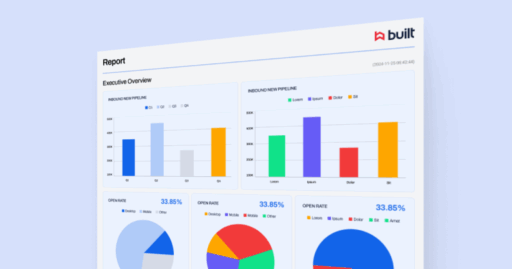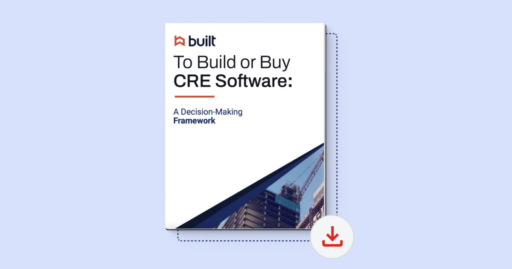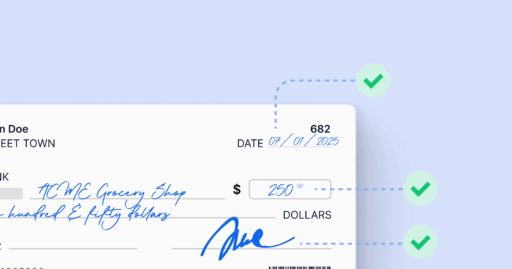Built Answers: Renovation Lending as the New Refi

The housing market environment is transitioning to a phase we haven’t seen in years. As home sale prices reach record highs and rates continue to rise, lenders are looking for new ways to create revenue outside of traditional refinancing.
As existing home refinancing starts continue their lull, renovation loans are stepping in to take their place. Renovation loans are proving to be a potential win for both borrowers and lenders. Homeowners can increase the value of their homes before selling, while also creating a house they love. For lenders, renovation loans provide an opportunity to gain additional revenue compared to traditional refinancing.
But for lenders new to the construction game, hopping straight into renovation loans without an established process can be a daunting task.
Question: Our institution wants to take advantage of the current renovation loan climate and increase our construction loan portfolio. How do we manage renovation loans without adding to our risk and without adding to the stress of our team, given the increased steps required of Fannie and FHA renovation loans?
First, the good news: You don’t have to put yourself out on a limb to get started with new loan projects.
Even if your institution has yet to set up processes for construction and/or renovation lending, the right partner and technology can get your team up to speed quickly, while reducing compliance risk on your construction loans.
The trick is in making the process as transparent and collaborative as possible for every party involved. When borrowers, builders, lenders, inspection vendors, and all others involved have a real-time view of a loan’s status, projects are completed more quickly with less worry.
For the purposes of this post, we’ll stick to two notable ways we accomplish this at Built.
First, we create transparency throughout a loan’s entire lifecycle. Our platform gives lenders and borrowers peace of mind that everything is moving as it should, even when multiple parties are involved. As an example, here is a sample workflow for a 203k loan draw request, including the loan’s added complexities.
When a new draw is required, a HUD consultant will collaborate with a borrower and builder via Built to complete form 9746-A. They upload the document to Built’s secure document storage library, where the data is automatically pulled out to update progress and a new inspection report is added into the system. A formal draw request notification is sent to a loan administrator for quick disbursement of funds. The borrower has full visibility of these steps as they’re happening.
For a lender, this means their administrators don’t have to act as intermediaries, pushing papers between other parties. Instead, they can take action when it matters, to best serve their borrowers. And as a loan matures, they have a complete paper trail of every interaction and document in case of an audit.
Secondly, the Built platform streamlines draw disbursement, removing the need for secondary spreadsheets or manual tracking of fund availability. In Built, every transaction is reconciled against lenders’ core platforms, ensuring that all funds are tracked throughout a loan. This means funds are disbursed without delays, saving days on each request and dramatically improving project completion times.
For a lender, improving the speed of fund disbursement not only creates a much more profitable construction loan portfolio but also dramatically improves the customer experience for borrowers and builders. And technology makes it easy to do.
Renovation loans are a growing opportunity for lenders looking to bolster their construction portfolios. Even if you don’t have the processes in place right now, choosing the right partner to help you start can ensure your portfolio finds profitability without adding risk.






